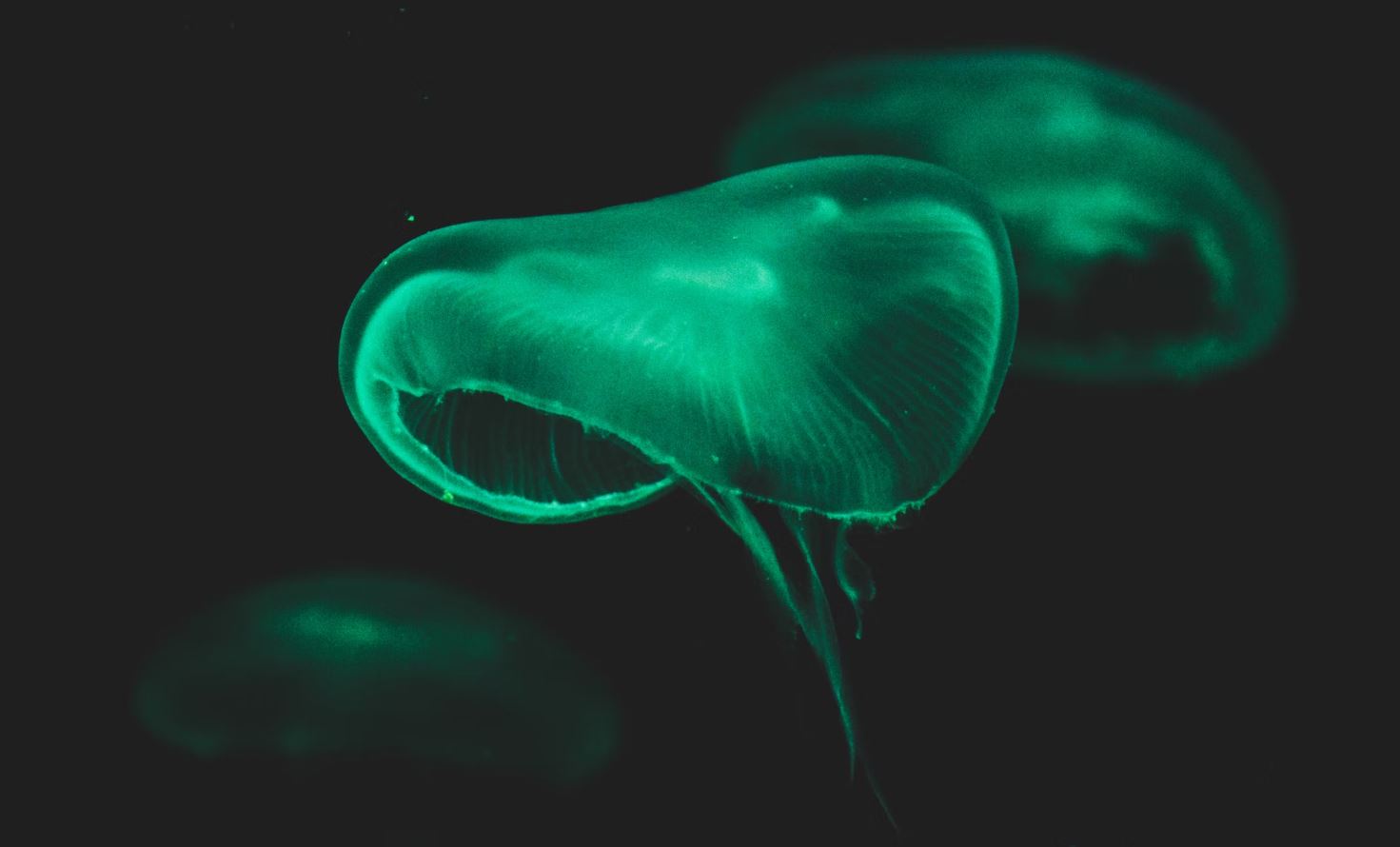
Credit: Unsplash
A little bit of splicing, and you get Avatar plants.
Bioluminescence is an ability possessed by several species of plants and animals that allow them to produce a natural light from their bodies. Examples of this would be fireflies’ butts or that glowing plankton you see in the sea at night. Recently, a team of scientists noted that the bioluminescence utilized by a particular species of mushroom is remarkably similar to the natural metabolic processes found in tobacco plants. As curiosity got the better of them, they decided to see if they could engineer plants with that same glowing ability. Guess what? They totally can.
The scientists successfully engineered tobacco plants that not only give off a green glow, but do so for their entire natural lifespans without any outside chemical assistance. “We show that you can transfer four genes from these glowing mushrooms into the plants — and wire them into plant metabolisms — so that the plants start to glow in the dark,” Karen Sarkisyan, one of the lead authors of the study, told CNN.
The practical applications of such a development are mild at best; you could maybe get some glowing house plants for an interesting talking point. The research applications, however, are pretty impressive. The glow allows the scientists to see the plants’ inner workings, kind of like a living x-ray. They could even see flickering lights and patterns, which provided some interesting insight into plant behavior.
“We tend to overlook plants, we tend to not appreciate how complex or how alive they are. They send a lot of different signals, they integrate and make a lot of developmental decisions, and we don’t really appreciate them,” Sarkisyan said. “Making them glow somehow builds a new relationship with the plants, and you can appreciate much easier how alive they are.”
































